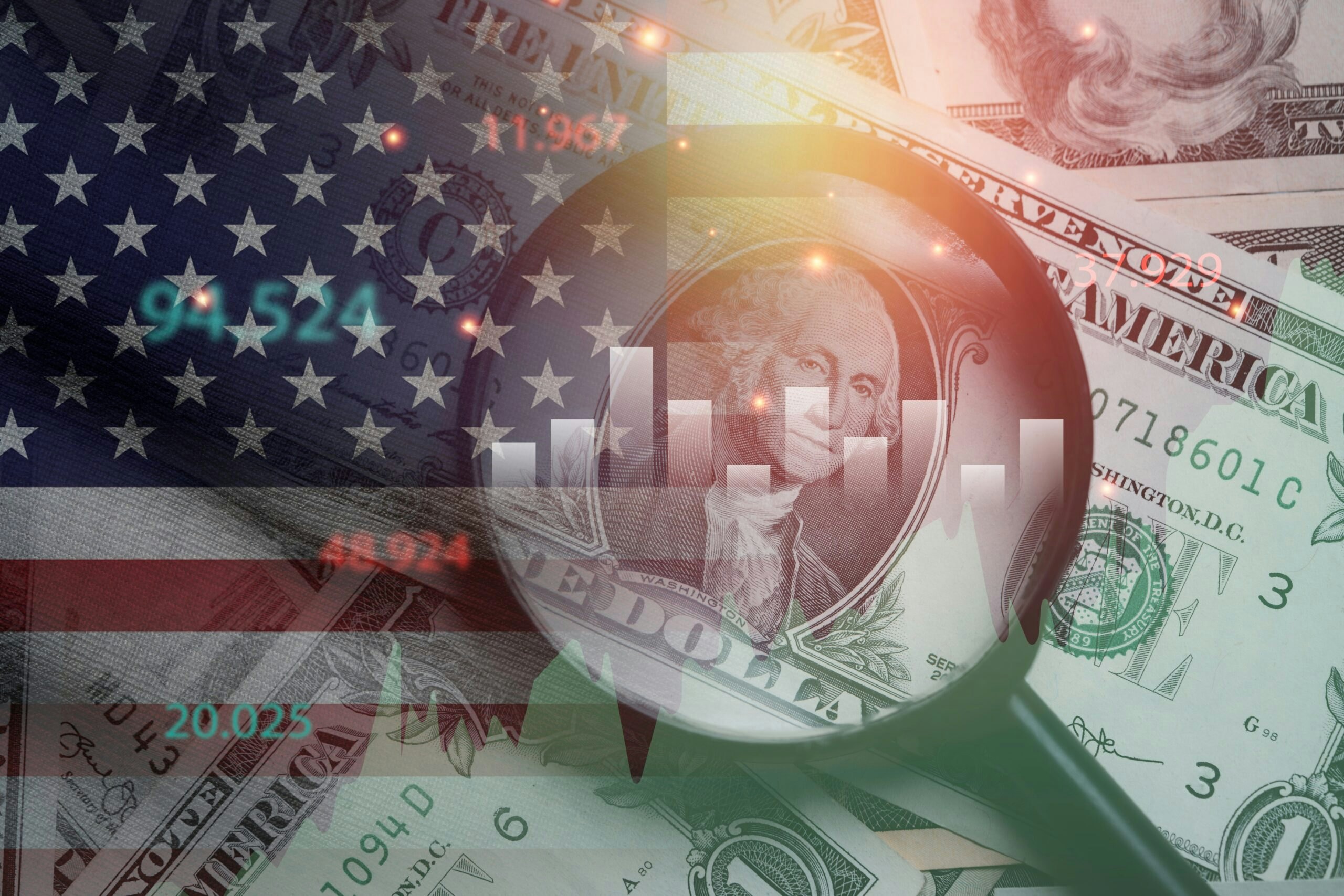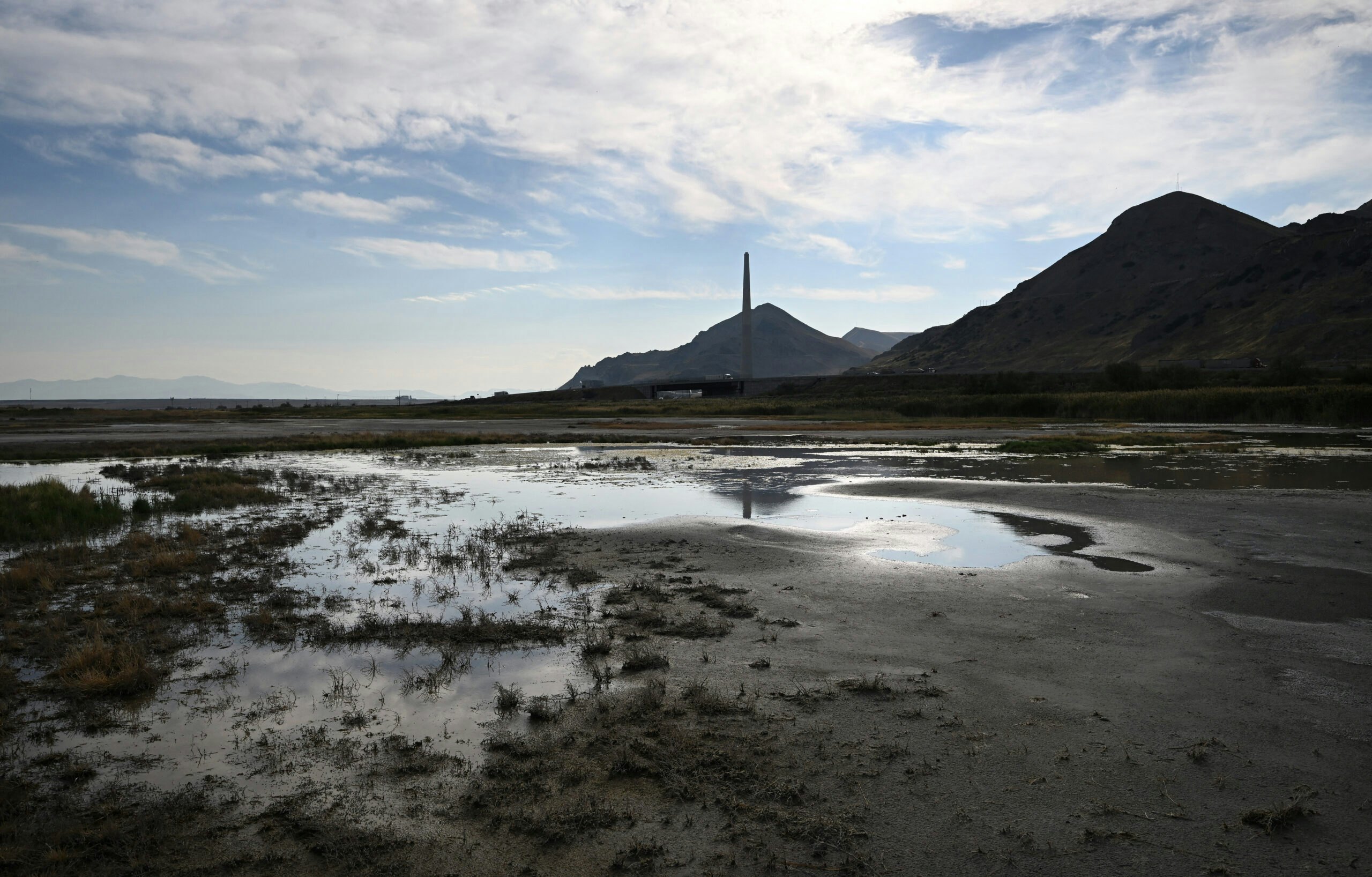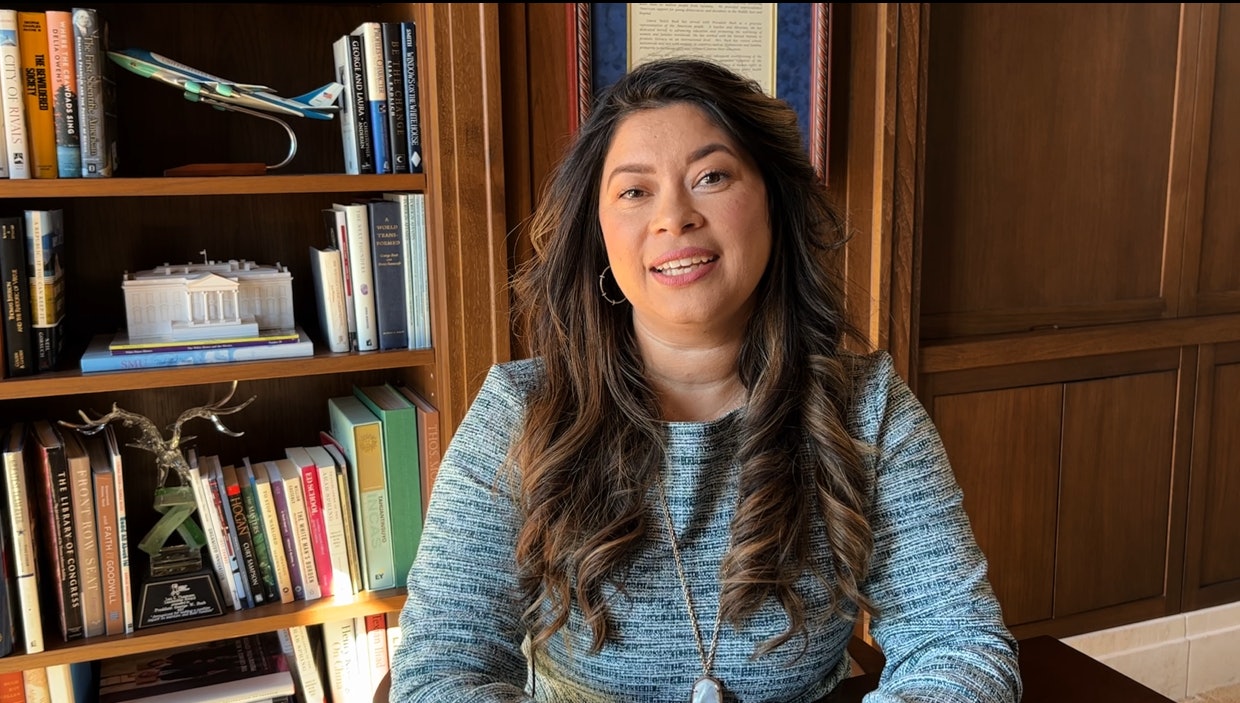The push for more renewable energy reared its head again when the President recently announced a new initiative to have the federal government get...
The push for more renewable energy reared its head again when the President recently announced a new initiative to have the federal government get a much larger proportion of its energy from renewable sources by 2020. Who could complain about such a thing?
Well, I have a quibble. Although this effort is probably well-intentioned, it does not acknowledge reality, and is therefore doomed to failure. While more renewable energy may be a goal of everyone who wants a cleaner environment, there are limits, imposed by economic realities, as to how fast we can expand clean energy production. It’s not clear that current policy encouraging green energy — let alone the Administration’s latest initiative — reflects it.
The biggest problem is that most renewable energy production is intermittent and unpredictable. We only get solar energy when it’s sunny and wind energy when the wind is blowing. Bright sunshine and strong wind usually occur when demand for energy isn’t all that high; when demand spikes late in the day, solar and wind energy production wane. Since it is difficult and costly to store energy, we don’t have much alternative energy at our disposal when demand spikes — usually from 5:00-7:00 p.m. As a result, most utilities must run coal and natural-gas generators to supplement wind and solar energy and make up for any diminution in their supply, as well as generate enough output to completely meet energy demand during peak hours.
There are two potential paths to fully exploit alternative energy. The first would be to spread out demand by using prices that vary across the day. Under such a system customers would face sharply higher prices in the late afternoon, thereby having a reason to conserve energy during those hours — such as by postponing use of the dryer or the dishwasher until night.
A few utilities that have rolled out programs to do that have discovered a couple of things: First, that it’s hard to convey to customers precisely how energy prices change during a day, and second, those who participate aren’t all that fond of the program. After all, to get those who are only dimly aware of the price differences to actually change their behavior, prices must to go up by a lot during those peak hours.
The other solution would be to come up with a cost-efficient way to store energy. Thus far this holy grail has proven largely illusory despite the potential riches that would surely reward such an innovation. There are large-scale energy storage systems in place, but they are very pricey and as yet make little economic sense.
But the state of California has weighed in on the matter by mandating that companies begin using these enormously expensive and non-cost-efficient energy storage systems by 2017, thereby resolving the problem in one fell swoop. My only quibble with the California government mandating a technological innovation in the near future is that the politicians in Sacramento have aimed too low: Why not order companies to buy car engines that run on water, or inexpensive jet packs for everyone?
Our energy grid is already bumping against its limit for the intermittent energy that comes from renewable fuels. To add renewable energy in a way that displaces fossil fuels and reduces emissions will take more investments in updating and modernizing our grid, an expansion (and simplification) of peak-load pricing programs, along with more investment in energy-storage systems.
The utilities duly informed the state of California that this technology wasn’t ready yet but they didn’t argue all that much. Since the cost of obtaining mega-batteries to store this green energy can simply be passed on to shareholders, they’re perfectly happy to buy these things and increase their cost basis upon which they can charge a safe 6% return on investment.
The government can’t simply eliminate economic constraints via fiat. If we want a cleaner environment certain tradeoffs will have to be made. Pretending otherwise — and doing it in a way that hides the true cost from consumers — makes for bad policy and lower economic growth.





























